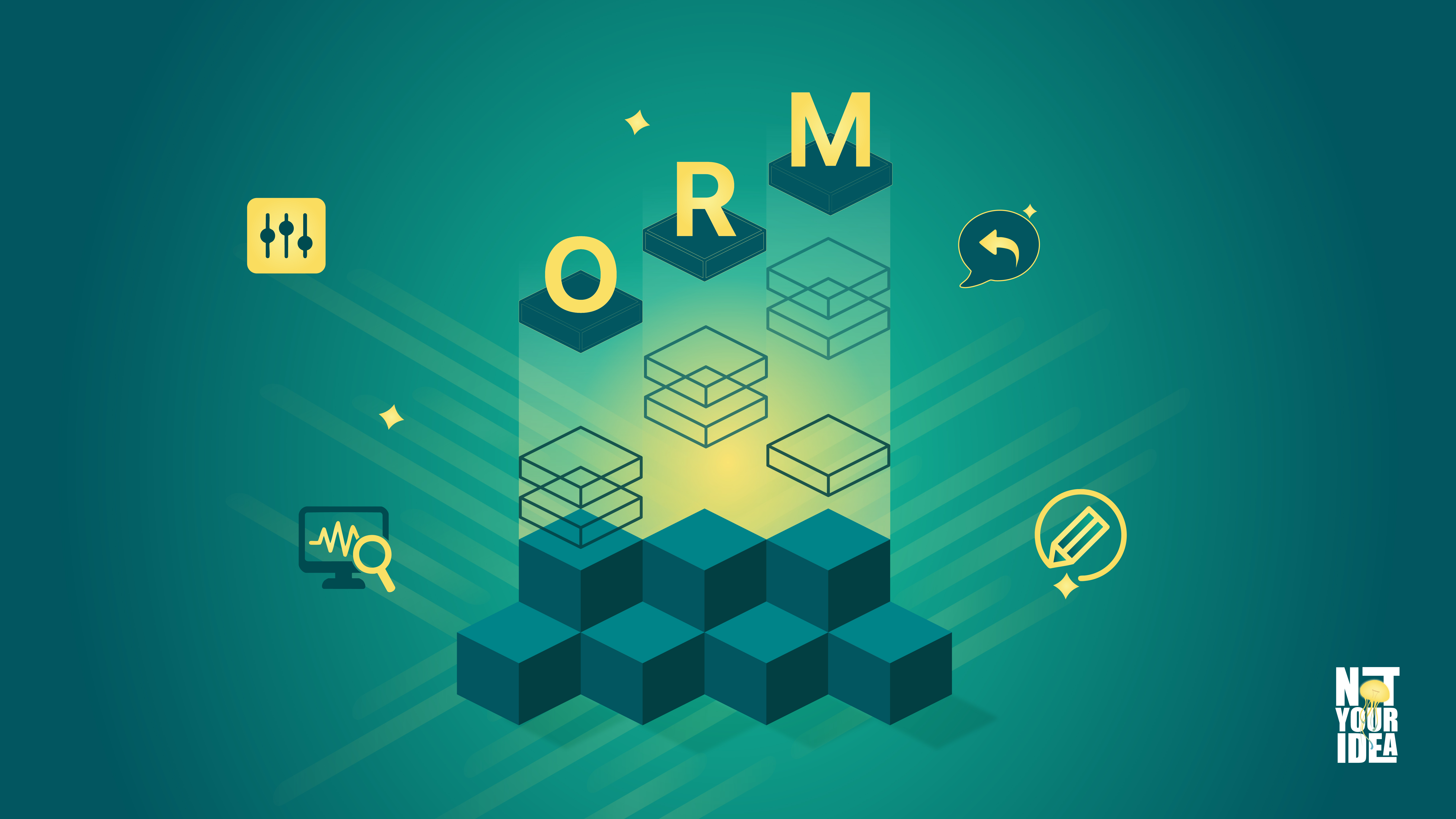The term “Digital transformation” is increasingly common, but few people fully understand what it actually means. Some businesses appear to have mastered it, from automated processes to digitized customer service and data-driven decisions made in the blink of an eye. On the other end of the spectrum are businesses still grappling with basic digitization.
What connects these two worlds is digital maturity. If you’ve asked yourself where your business fits into the digital world, you’re not alone. Here’s the lowdown on digital maturity models.
What Exactly is a Digital Maturity Model?
For the unfamiliar, a digital maturity model is a framework that helps you assess your current stage of digitization by examining how it integrates digital capabilities. They consider various areas of the business, such as technology infrastructure, data analytics, digital processes, customer experience, and organizational culture.
Digital maturity models address the entire ecosystem: What does your leadership think about digital? Is your organization optimizing digital processes? Do employees utilize digital tools? Are you able to use your data to improve decision-making?
Ultimately, the models dig deeper into whether or not your investments in digital are providing value for the organization. Finally, they also provide an idea of what steps are needed to advance in the digital transformation journey.
The Digital Maturity Framework: Your Roadmap to Success
Most digital maturity models have five levels in a fairly uniform progression:
Level 1 - Initial/Ad Hoc: You're just getting started. Digital efforts are all over the place: one department has a fantastic app while another still uses spreadsheets for everything. There’s no strategy in place just yet.
Level 2 - Developing/Managed: You've figured out that digital does matter, and you're getting organized. You may have appointed a digital leader or consultant, and at least a few departments are coordinating their efforts.
Level 3 - Defined/Integrated: You have a digital strategy figured out, your systems begin to talk to one another; marketing automation is in place, sales analytics gather data. Decisions stem from data analysis and insights. Digital is no longer an add-on now but an integrated part of the way you operate.
Level 4 - Optimized/Advanced: The digital big league. Your processes are efficient, your customer experience is consistently good across channels, and your team is agile enough to respond quickly to change.
Level 5 - Transformative/Innovative: You are now the company that others want to be. Digital is now fully integrated into the way your organization operates, and the results are unquestionably visible.
How to Break it Down
When assessing digital maturity, organizations are typically evaluated across these critical areas:
- Strategy & Leadership - Examines whether your executives truly "get" digital and have a clear vision for where you're headed.
- Technology & Infrastructure - Looks at your technical foundation—not just what you have, but how well it all works together.
- Customer Experience - Evaluates how seamlessly customers can interact with you across all digital touchpoints.
- Operations & Processes - Analyzes how well digital tools enhance your day-to-day work.
- Culture & Workforce - Determines whether your people have the skills and mindset for digital success.
Why This Assessment Matters More Than Ever
Here's where it gets interesting—and urgent. A Deloitte report revealed that 87% of companies feel that there will be significant digital technology disruption in their industries. A McKinsey study on digital strategy found that companies with a better overall technology capability are linked to better economic outcomes. The data couldn’t be clearer—digital maturity models are now becoming essential for business survival.
That gap between the adopters and the laggers is widening every year, meaning the cost of falling behind keeps getting steeper. The pandemic accelerated this trend dramatically. Organizations with strong digital foundations adapted quickly to remote work, supply chain disruptions, and changing customer behaviors. Those without digital maturity struggled or failed entirely.
The Real-World Impact
Here is what organizations typically see when they use digital maturity models effectively:
- Strategic Clarity: Instead of chasing every digital trend, you focus resources on initiatives that will actually move the needle for your business.
- Measurable Progress: Aligned marketing and sales teams improve leads, common dashboards enable better communication, analytics tools recommend improvements. There’s data to back everything up, and you have concrete metrics that can prove growth to stakeholders.
- Competitive Intelligence: You understand exactly how you stack up against competitors and industry leaders, giving you realistic benchmarks and inspiration for your roadmap.
- Cultural Transformation: Perhaps most importantly, these models help align your entire organization around digital goals. When everyone understands where you are and where you're going, change happens faster.
Getting Started: Your Next Steps
If you're thinking, "This sounds great, but where do I even begin?"—you're asking the right question. Do an honest assessment of where you stand today. Many organizations discover they're more advanced in some areas than they thought, while other areas need immediate attention.
The key is to choose the maturity model ideal for your industry and business context. The tech challenges B2B companies face will be starkly different from those that B2C brands face, so naturally, their metrics for measurement will differ too. That's perfectly fine. What matters is having a framework that fits your reality.
Consider bringing in external expertise for your first assessment. An objective outside perspective often reveals blind spots and opportunities that are hard to see from the inside.
The Bottom Line
Digital maturity models are not just assessment tools; they’re crucial assets to grow your organization in an increasingly complicated digital world. They offer systematic clarity on where to go, when to turn, and measurability to move slowly or quickly.
Fighting tooth and nail in an increasingly competitive market, organizations can no longer delay digital transformation. So the question is not if you need to assess your digital maturity. The real question is if you can afford not to.
FAQs
What is the Concept Of Digital Maturity?
Digital maturity refers to how well-integrated digital processes are within a business. This includes not just operations, but other areas like customer service and workforce engagement.
How Do You Measure Digital Maturity?
Digital maturity can be measured based on metrics such as the level of digital tool adoption, performance after digital integration, and the level of efficiency across departments after the introduction of digital assets.
What Are the Stages of Digital Maturity?
The stages of digital maturity are Initial/Ad Hoc, Developing/Managed, Defined/Integrated, Optimized/Advanced, and Transformative/Innovative. These stages indicate the levels at which different technologies have been integrated into a company to make a difference.
What is the Digital Maturity Roadmap?
The digital maturity roadmap is a guide to how digitization can best be implemented. Its purpose is to ensure there is a solid strategic framework in place to ensure a company attains digital maturity in line with its own goals.
What Does It Mean to Be Digitally Mature?
When an organization has technologies seamlessly integrated into all their functions, leading to increased positive outcomes, it can be considered to be digitally mature. Such a company is not just open to technology; it also uses it in an innovative manner.



